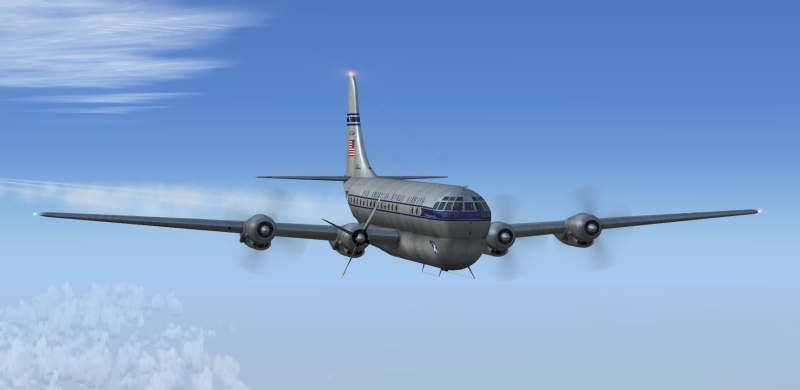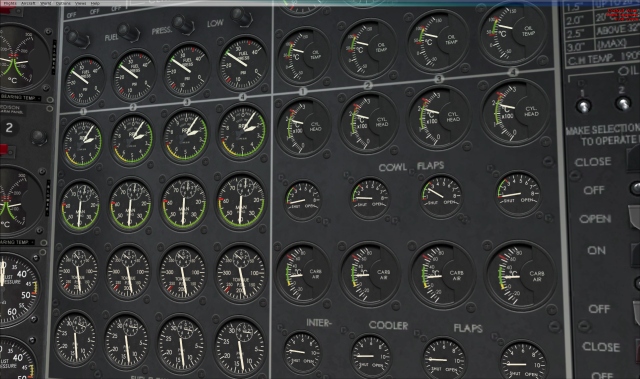There are a lot of cool websites out there, but how many provide free video tutorials (by a very knowledgeable and engaging teacher) on over a thousand topics? Check out the Khan Academy — this guy’s apparently a Harvard MBA, but fortunately realized his true calling was teaching! Where was this when I took Calculus back in the ’90s??
Donations are welcome!
Follow this site on Facebook…
Pages
Datasheet search
Meta
-
Recent Posts
Links
Categories
- 3D Printing (19)
- Analog (42)
- Automotive (1)
- Aviation (13)
- Coding (113)
- Current Events (49)
- Design (23)
- Digital (162)
- Android (9)
- Arduino (34)
- Flight Simulator (7)
- FPGAs (2)
- I2S (1)
- PIC Microcontrollers (24)
- Digital Citizenship (54)
- DoNotTryThisAtHome (3)
- Drexel (56)
- Electronics (96)
- 555 (5)
- Building blocks (4)
- Components (25)
- Fundamentals (21)
- Food (1)
- Fractals (3)
- Games (15)
- Minecraft (6)
- GPS (5)
- Hacks (5)
- High Voltage (2)
- HOW-TO (47)
- Humor (13)
- Internet (28)
- Laser Cutter (1)
- Linux (2)
- Lore (3)
- Mad Science (6)
- Math (40)
- Mechanical (5)
- Metalworking (2)
- Bismuth (1)
- Music (6)
- Networking (9)
- Nostalgia (52)
- Core Memory (1)
- Power (11)
- Projects (9)
- Resources (15)
- Reverse Engineering (4)
- Reviews (34)
- Robotics (11)
- Science (39)
- System Administration (35)
- Tools (36)
- Toys (49)
- Troubleshooting (10)
- Uncategorized (8)
- User Interface Design (7)
- Virtual Reality (2)
Archives
- November 2024 (1)
- October 2024 (1)
- September 2024 (1)
- August 2024 (1)
- July 2024 (1)
- June 2024 (1)
- May 2024 (1)
- April 2024 (1)
- March 2024 (1)
- February 2024 (1)
- January 2024 (1)
- December 2023 (1)
- November 2023 (1)
- October 2023 (1)
- September 2023 (1)
- August 2023 (1)
- July 2023 (1)
- June 2023 (1)
- May 2023 (1)
- April 2023 (1)
- March 2023 (1)
- February 2023 (2)
- January 2023 (1)
- December 2022 (2)
- November 2022 (1)
- October 2022 (1)
- September 2022 (3)
- August 2022 (1)
- July 2022 (1)
- June 2022 (1)
- May 2022 (1)
- April 2022 (1)
- March 2022 (1)
- February 2022 (1)
- January 2022 (1)
- December 2021 (1)
- November 2021 (1)
- October 2021 (1)
- September 2021 (1)
- August 2021 (1)
- July 2021 (2)
- June 2021 (1)
- May 2021 (1)
- April 2021 (1)
- March 2021 (1)
- February 2021 (1)
- January 2021 (2)
- December 2020 (1)
- November 2020 (1)
- October 2020 (1)
- September 2020 (1)
- August 2020 (1)
- July 2020 (1)
- June 2020 (1)
- May 2020 (3)
- April 2020 (1)
- March 2020 (1)
- February 2020 (2)
- January 2020 (1)
- December 2019 (1)
- November 2019 (1)
- October 2019 (1)
- September 2019 (2)
- August 2019 (1)
- July 2019 (1)
- June 2019 (2)
- May 2019 (1)
- April 2019 (1)
- March 2019 (1)
- February 2019 (1)
- January 2019 (1)
- December 2018 (1)
- November 2018 (1)
- October 2018 (1)
- September 2018 (1)
- August 2018 (1)
- July 2018 (1)
- June 2018 (1)
- May 2018 (1)
- April 2018 (1)
- March 2018 (1)
- February 2018 (1)
- January 2018 (1)
- December 2017 (1)
- November 2017 (1)
- October 2017 (1)
- September 2017 (1)
- August 2017 (1)
- July 2017 (2)
- June 2017 (1)
- May 2017 (1)
- April 2017 (1)
- March 2017 (1)
- February 2017 (1)
- January 2017 (1)
- December 2016 (1)
- November 2016 (1)
- October 2016 (1)
- September 2016 (1)
- August 2016 (1)
- July 2016 (2)
- June 2016 (1)
- May 2016 (2)
- April 2016 (1)
- March 2016 (1)
- February 2016 (2)
- January 2016 (2)
- December 2015 (1)
- November 2015 (1)
- October 2015 (1)
- September 2015 (3)
- August 2015 (1)
- July 2015 (2)
- June 2015 (1)
- May 2015 (1)
- April 2015 (1)
- March 2015 (1)
- February 2015 (1)
- January 2015 (1)
- December 2014 (1)
- November 2014 (1)
- October 2014 (1)
- September 2014 (2)
- August 2014 (1)
- July 2014 (1)
- June 2014 (1)
- May 2014 (1)
- April 2014 (1)
- March 2014 (1)
- February 2014 (1)
- January 2014 (1)
- December 2013 (1)
- November 2013 (1)
- October 2013 (1)
- September 2013 (2)
- August 2013 (1)
- July 2013 (2)
- June 2013 (1)
- May 2013 (1)
- April 2013 (2)
- March 2013 (2)
- February 2013 (1)
- January 2013 (2)
- December 2012 (1)
- November 2012 (4)
- October 2012 (2)
- September 2012 (1)
- August 2012 (2)
- July 2012 (4)
- June 2012 (3)
- May 2012 (3)
- April 2012 (1)
- March 2012 (31)
- February 2012 (3)
- January 2012 (3)
- December 2011 (5)
- November 2011 (1)
- October 2011 (3)
- September 2011 (6)
- August 2011 (6)
- July 2011 (6)
- June 2011 (2)
- May 2011 (7)
- April 2011 (2)
- March 2011 (3)
- February 2011 (2)
- January 2011 (4)
- December 2010 (2)
- November 2010 (1)
- October 2010 (2)
- September 2010 (2)
- August 2010 (3)
- July 2010 (2)
- June 2010 (4)
- May 2010 (1)
- April 2010 (4)
- March 2010 (6)
- February 2010 (3)
- January 2010 (4)
- December 2009 (3)
- November 2009 (1)
- October 2009 (3)
- September 2009 (6)
- August 2009 (6)
- July 2009 (2)
- June 2009 (1)
- May 2009 (2)
- April 2009 (1)
- March 2009 (2)
- February 2009 (1)
- January 2009 (4)
- December 2008 (3)
- November 2008 (1)
- October 2008 (1)
- September 2008 (2)
- August 2008 (4)
- July 2008 (1)
- June 2008 (1)
- May 2008 (5)






